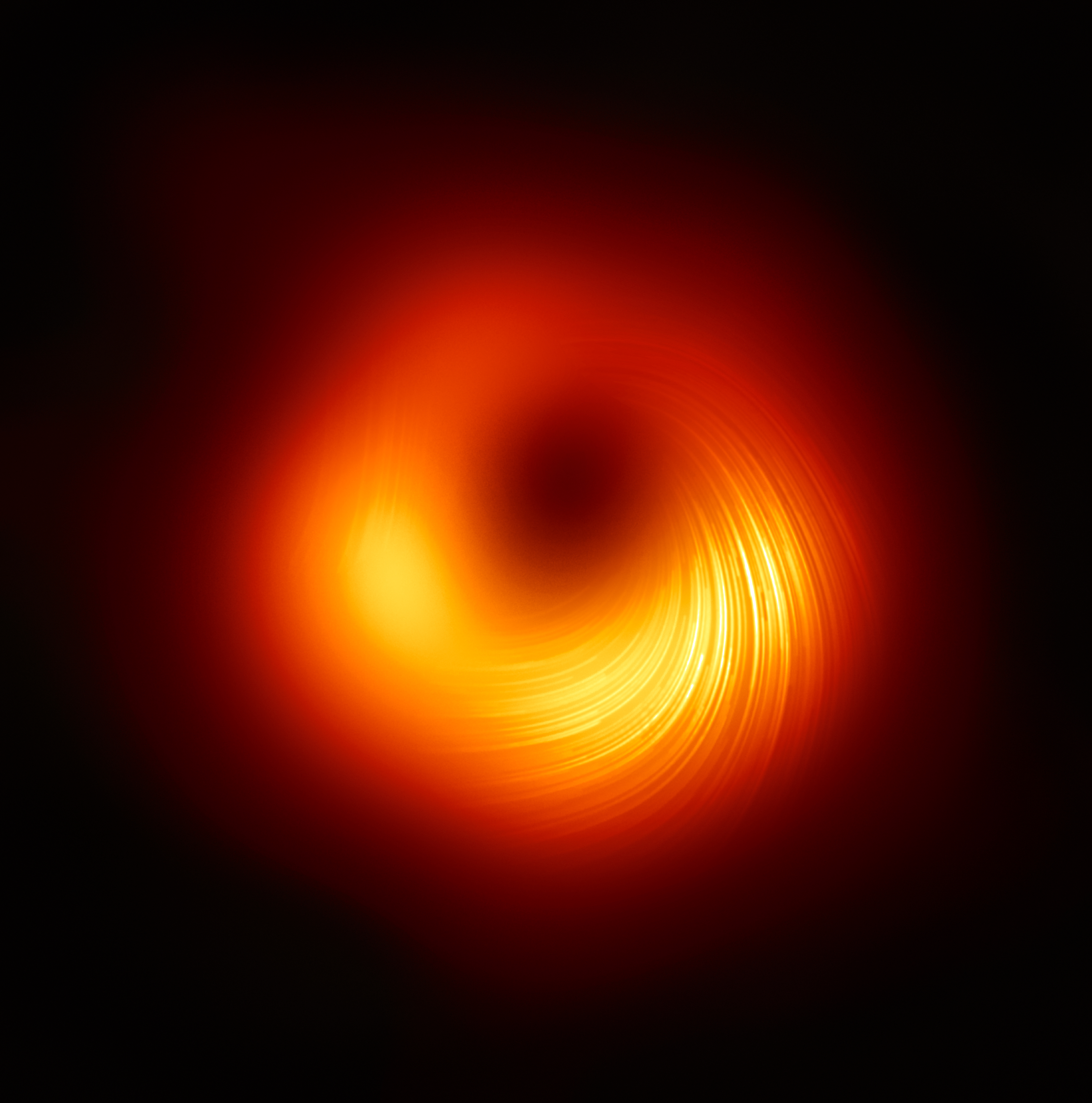Does an Observer See Objects Frozen in Time at the Event Horizon of a Black Hole?

Question:
Hi,
I had a couple of questions I was hoping you could spare a moment to help me to understand. I’m a writer and science enthusiast, and I’m working on a strictly fiction-entertainment comic book story.
Of the many fascinating things about black holes I’ve read, heard, and viewed, the one that set my imagination going most was this (from a recent Newsweek piece):
___________
“Say you had a little beacon on your spacecraft that was like a little lighthouse flashing every 30 seconds. The light signals from that would actually take longer and longer to get to you between each flash because of the force of gravity, essentially almost like slowing down the light as it got closer and closer to the black hole. And so [the observer] would never actually see you cross that event horizon. You would appear frozen forever in space and time,” said Smethurst.
_________________
So what I’m writing is about a female “space detective” who goes to seek out a killer who sends his victims into a black hole. In his twisted mind, they will be preserved visually, in the eyes of outide onlookers, forever — a kind of immortality (again, he’s twisted 🙂). Plus, in his mind, they get to experience the mysteries of what’s inside.
So I just want to sort of confirm my idea… If I have my space detective in a ship safely away from the event horizon, would she see a lineup of all the killer’s victims, current and previous?
Answer:
I think that the answer to your question is both yes and no. It is true that objects that encounter the event horizon of a black hole would appear “frozen” in time as the light from these objects would not be able to escape the black hole’s gravity. Unfortunately for these poor souls who have been thrown into the black hole, they will be torn apart by the intense gravity at the event horizon. I think that this effectively means that even though the victims would be frozen time from an outside observer, they would also be torn into atoms, so not identifiable by the outside observer.





